by Jon Diamond
General Joseph W. “Vinegar Joe” Stilwell and his Sino-American Myitkyina Task Force (MTF), in a coup de main attack, seized the vital Japanese-controlled airfield just west of the town of Myitkyina on the great Irrawaddy River in northern Burma on May 17, 1944.
The MTF was made up of Stilwell’s American 5307th Composite Unit (Provisional), codenamed Galahad but also known by its newspaper sobriquet, Merrill’s Marauders; elements of two of his Chinese regiments that he had trained at Ramgarh, India; and Office of Strategic Services (OSS)-led Kachin scouts. The dazzling military feat, first through Burma’s Hukawng and Mogaung Valleys and then over the Kumon Range, was incomplete, though, since it was not until August 3, after a protracted and bloody 78-day siege, that the well-fortified town of Myitkyina itself was captured.
Some of Stilwell’s key American subordinates in the MTF asserted that faulty, repetitive underestimates of the Japanese garrison’s strength led to poor tactical and strategic decision making that necessitated the lengthy siege.
The Goal of Capturing the Airfield
According to contemporary historian Geoffrey Perret, “What Stilwell wanted was the airfield. His plan was to take it, fly in Chinese reinforcements, then capture the town, a mile away. This plan was entirely his own…. His chief of staff, Brigadier General Haydon Boatner, wasn’t asked his views on it…. The only people he … discussed it with were Merrill and his own son, whom he’d installed as his G-2. Colonel Joseph Stilwell, Jr., assured his father that there were only a few hundred Japanese left at Myitkyina: too few to hold the town, too few to defend the airfield.”
It is true that the airfield’s capture on May 17 removed the threat of Japanese fighters stationed there, which had been interdicting the Air Transport Command (ATC) pilots’ more southerly and less onerous Hump Route from India to China to avoid the geographically hazardous northerly flight path over the Himalayan peaks. However, the taking of Myitkyina town was a prerequisite for completing the Ledo Road’s juncture with the Burma Road, thereby establishing a point where land communication could be reopened with China via an all-weather road with a gasoline pipeline.
In a scathing military commentary long after the war, U.S. Army Colonel Scott McMichael wrote, “Inexplicably, in a display of gross military incompetence, Stilwell completely failed to take advantage of this coup-de-main. Instead of flying in strong infantry reinforcements, food, ammunition … Stilwell’s staff deployed antiaircraft units and airfield construction troops! As a result, a magnificent opportunity was lost. Stilwell’s mental lapse, which no one has ever satisfactorily explained, allowed the Japanese to build up the Myitkyina garrison to the point where it could only be taken after a three-month siege instead of by storm.”
Stilwell’s failure to take the town of Myitkyina after his initial sensational success at capturing the western airfield was to be one of his greatest humiliations.
An Intelligence Officer in World War I
Ironically, Stilwell was an intelligence officer on the Western Front during World War I. He trained at the Army General Staff College at Langres, France, and served as an intelligence liaison with the French Army at Verdun and as chief intelligence officer with the IV Army Corps, American Expeditionary Force. During his service between the wars, he was appointed the initial U.S. Army Intelligence Division’s language officer for China, and after promotion to major he left for Peking in August 1919.
In 1926, when civil strife between Chinese communists, rival warlords, and Chiang Kai-shek’s Nationalist forces was reaching a crescendo, Major Stilwell, who spoke Chinese, was sent into the countryside to gather firsthand information about the extent of the unrest. The intelligence trip was dangerous, with frequent threats to Stilwell’s life since he was a foreigner, but he was commended for the thoroughness of his report and he was on his way to becoming America’s foremost military expert on China.
“Erratic and Nepotistical Direction”
In Burma in 1943-1944, while leading the Northern Combat Area Command (NCAC), Stilwell possessed a strong streak of the unorthodox while in the field, which was unusual for a West Point graduate. Due to his strong sense of family bonding, he included his son and sons-in-law on his staff. According to historian Shelford Bidwell, he “liked to keep a surrogate family of a few trusted friends near him.”
Stilwell biographer Barbara Tuchman noted, “Stilwell had sent for his son, Joe Jr., then a lieutenant colonel, who arrived in November [1942] to serve as G-2, as well as his sons-in-law Colonel Ernest Easterbrook and Major Ellis Cox who came to join the Ramgarh staff … serving as liaison officers with the Chinese divisions … [since] the family [was] always Stilwell’s main anchor in life.”
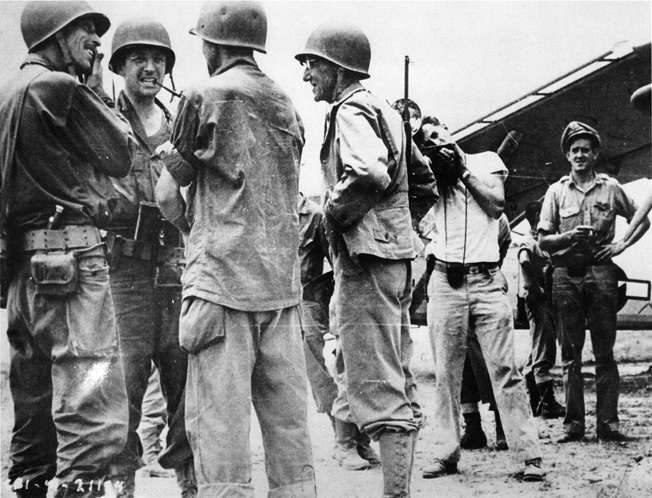
According to Boatner, “When I returned to NCAC headquarters about 25 April [1944] … both Easterbrook and Cox were then on duty in that headquarters then at Shaduzup with JWS [General Stilwell]. The former, a very fine man and officer, served as headquarters aide to JWS and Cox was in the G-2 section under Little Joe. Neither ever took advantage of family relationships nor did anything other than their prescribed duties. Although occasionally U.S. Army generals have had their sons and relatives serve directly under them, it is universally recognized as being bad practice…. Little Joe was volatile and impetuous like his father and both consciously and unconsciously would involve himself in other than intelligence matters.”
Colonel Charles Hunter, initially Galahad’s deputy commander, then the H Force leader that captured the Myitkyina airfield, and finally the overall commander of American ground forces under Stilwell engaged at Myitkyina, derisively noted that many did not appreciate the “erratic and nepotistical direction” of operations in the NCAC. Stilwell’s previous “end-runs” with Galahad at Walawbum, Shaduzup, and Inkangahtawng were initially successful in their immediate objectives, but “thanks in part to deficiencies in theater intelligence, were disappointing in the follow-up.”
Hunter contended that this was to be especially true for the assault on Myitkyina, which was “seized with sensationally neat precision, but what should have been the following quick occupation of the town was turned by lack of planning, international and interservice involvements, and the manipulation of intelligence into a grueling ten-week siege.”
A Strikingly Low Estimate
Were intelligence figures of Japanese strength at Myitkyina town intentionally underestimated, and, if so, for what reason? Did the unreliable intelligence estimates of Japanese troop strength adversely prolong the capture of the town? Finally, did the low numbers of Japanese troops believed to be in Myitkyina by Colonel Stilwell and his G-2 staff cloud General Stilwell’s judgment into not utilizing veteran British troops allocated to assist in his attack on Myitkyina?
According to Hunter’s postwar memoirs and other writings, Merrill, on his arrival at the Myitkyina airfield on May 19, was informed that local intelligence from Galahad troops and Kachin scouts had put between 400 and 500 Japanese in Myitkyina on the day of the airfield’s capture (May 17); however, due to rapid reinforcement, the town’s garrison quickly swelled to over 2,000 troops or two and a half battalions.
Additional reinforcements from other Japanese divisions were also anticipated to arrive in Myitkyina from the south. Merrill took Hunter’s estimates of a rapidly increasing Japanese garrison size at Myitkyina to General Stilwell’s headquarters at Shaduzup on the Kamaing Road between Walawbum and Inkangahtawng, which were all sites of previous Galahad operations preceding the Myitkyina assault.
These figures were downgraded back to 400-500 by Colonel Stilwell, the G-2 officer, as well as by the intelligence staff at the MTF Headquarters that Hunter noted was “at this time inexplicably back at Naubum.”
Deliberately Deceiving the Chinese?
The village of Naubum, situated on the Tanai River just west of the Kumon Range, was the base from which Galahad’s 1st and 3rd Battalions started their trek to Myitkyina on May 1. At Naubum, General Merrill had with him the equivalent of a divisional headquarters, which was not to march with the assaulting Galahad and Chinese troops to Myitkyina but would be held back until the airfield was reached. The estimate of 400-500 Japanese in Myitkyina would not be modified despite the fact that during the ensuing days of grueling combat more than that number of Japanese were killed in action at the airstrip and in the town’s environs.
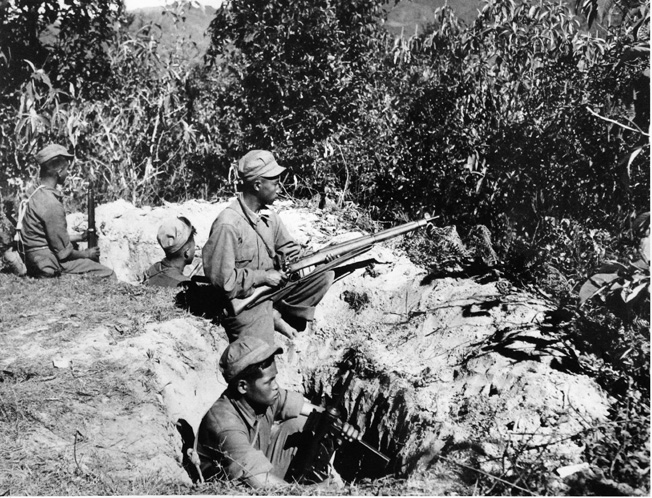
The discrepancy between the intelligence estimates harbored by the senior MTF headquarters at Naubum and the true figures ascertained on the battlefield rankled Hunter to such a degree that he stated after the war that the low enemy estimates were “to deceive the Chinese troops into a sense of shame in view of their demonstrated lack of aggressiveness. Neither the Chinese nor Galahad fell for this intelligence. The concept of deliberate deception is my personal opinion. Colonel Stilwell, the Intelligence officer [Stilwell’s son] could not have been as ignorant of the situation as the intelligence estimates furnished Galahad indicated in June and July … if he was he should have been relieved … this deliberate manipulation of intelligence created a complete lack of confidence in the higher headquarters’ estimates of enemy strength such that upon its receipt, it was usually discarded.”
A Real Strength Closer to 4,500
Galahad’s combat troops had found Japanese unit identifications marked on the dead soldiers’ trousers. The estimate of 400 to 500 Japanese troops in Myitkyina had become so rigidly adhered to by Stilwell’s and the MTF headquarters at Shaduzup and eventually at the airfield that attempts to revise this estimate based on the number of Japanese soldiers known to have been killed in and around Myitkyina were ignored.
Hunter bitterly commented, “Our positive unit identifications and casualty counts were brushed aside.” Furthermore, Galahad, within a couple of weeks of seizing the airfield, began to capture and interrogate some 50 Japanese soldiers from Myitkyina’s defenses. After obtaining information from the Japanese prisoners, it became evident to Hunter and others that there were more than 2,000 Japanese combatants in the town of Myitkyina.
Subsequent accounts from the Japanese have placed that number at 4,500 Japanese troops in Myitkyina at one time during the siege. As Hunter explained after the war, even Galahad’s estimate of more than 2,000 enemy soldiers in Myitkyina was still “way short of the correct figure, as we learned after the war from Japanese officers, for a very simple reason. Every Japanese soldier we had hitherto killed or captured had been found to have his name and unit marked in India ink on the fly of his breeches. In June we began to find bodies without this marking, and so could not tell whether they belonged to units already identified or to new ones. Our estimate, therefore, based on the known organizational strength of positively identified units, was incomplete, and we did not suspect that at one point in the battle there were some 4,500 enemy troops opposing us.”
According to Boatner’s memoirs, “That which strikes me most was that I never seemed to have doubted the estimate that there was not much more than the 600-700 Japanese that JWS [General Stilwell] told me were in the town and that we had enough attacking strength to take the town…. However, there are very significant statements in the interrogatories of the Japanese officers.”
These postwar admissions by the Japanese not only definitely refuted Colonel Stilwell’s estimates of 400 to 500 enemy troops in Myitkyina but rather placed the Japanese troop strength at 3,500 to 4,600 men. Also, in May the Japanese had decided to let the 18th Division with only two regiments hold Kamaing. The 114th Regiment of that division was in Myitkyina, and the Japanese had decided to reinforce Mogaung and Myitkyina with elements of the 53rd Division. Finally, there were at least 1,000 Japanese casualties in Myitkyina in June alone. Boatner surmised in his archives, “The 4,400 Japs in Myitkyina … explains the delay and extra casualties.”
4,075 Killed
During the last 10 days of May, despite Galahad’s best efforts to cover the main approaches to Myitkyina, the Japanese had been able to reinforce the garrison with an estimated 3,000 to 4,000 troops coming from the Nsopzup, Mogaung, and even the Bhamo areas. The Japanese had built up more strength at Myitkyina than the Allies and within a week of the airfield’s capture had actually been able to pass over to the offensive and attack the MTF on the airfield.
Boatner wrote, “At the conclusion of his inspection of the 18th Division on 27 May, General Honda felt that the Division was stronger and had better morale than he had expected. As a consequence he determined to utilize the 53rd Division to relieve Myitkyina rather than to cover the 18th Division [at Kamaing]…. General Honda never wavered in his belief that Myitkyina should be held to the last. Accordingly, it was definitely decided to commit the 53rd Division to relieve and defend Myitkyina.”
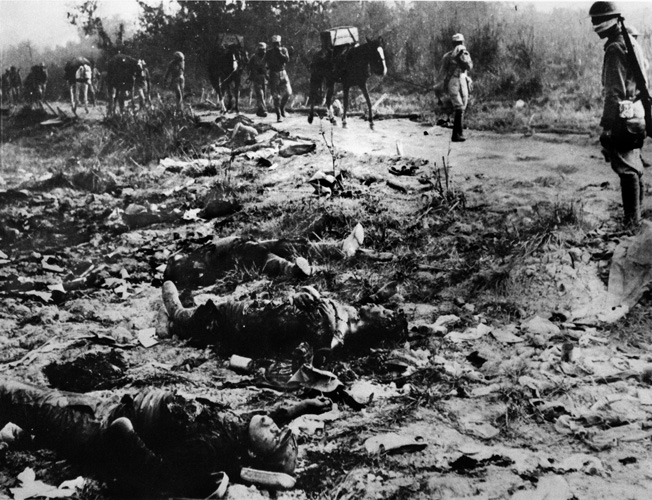
the bodies of dead Japanese troops killed in earlier action against Allied troops.
A G-2 MTF Memorandum from August 9th, almost a week after the town of Myitkyina was captured, estimated that “4,075 Japanese were killed in Myitkyina. These, plus the several hundred who escaped, came close to Tanaka’s figure of 4,600. The garrison commander, Maruyama, set his strength at 3,500, which can be reconciled with the above if Tanaka’s figure is taken as the grand total.”
Stilwell cabled his superior, General Marshall, “I will probably have to use some of our engineer units to keep an American flavor in the fight.”
Why Were the British Not Used at Myitkyina?
Thus, controversy exists as to why the British 36th Division was not used to take Myitkyina after seizure of the airfield in mid-May but instead was sent south by Stilwell in July 1944 to the “Railway Corridor,” extending from Myitkyina in the north to Katha, on the Irrawaddy in the south, approximately 145 miles away. According to that division’s historian, Geoffrey Foster, “The 36th Division was the first all-British unit to come under the command of General Joseph Stilwell…. Stilwell briefly considered asking that the British 36th Division be rushed in to take Myitkyina. The 36th Division had been withdrawn from Arakan to refit before being allocated to Stilwell’s NCAC. These British veterans were fit and ready for battle and were the obvious force with which to replace Hunter’s exhausted men.”
The 36th Division had an American-led Chinese artillery group consisting of three batteries attached to it as well as a separate air contingent provided by the Tenth U.S. Army Air Force. In addition, an American engineer company joined the 36th Division to build air landing strips for resupply and evacuation of wounded. This force with its attendant firepower and support elements would have provided a much needed punch for the MTF during the early days of its siege of Myitkyina town.
Instead, Hunter had to quickly train the engineers for introduction into combat with the entrenched Japanese veterans. Perhaps the Anglophobic Stilwell did not want to be beholden to British troops to restore some élan to his waning attack on Myitkyina town with his Sino-American forces. If the true strength of the Japanese garrison at Myitkyina were known and well disseminated among the various Allied headquarters, perhaps Stilwell would have had to swallow his pride and utilize this force to expedite the capture of the prize of Myitkyina.
Since Myitkyina was the key to vital road, river, and rail links with the rest of Burma and the southwestern Chinese provinces, its earliest capture would have offered strategic advantages as a potential supply center to which the American Joint Chiefs of Staff (JCS) and Allied Combined Chiefs of Staff (CCS) had attached such great importance for future operations.
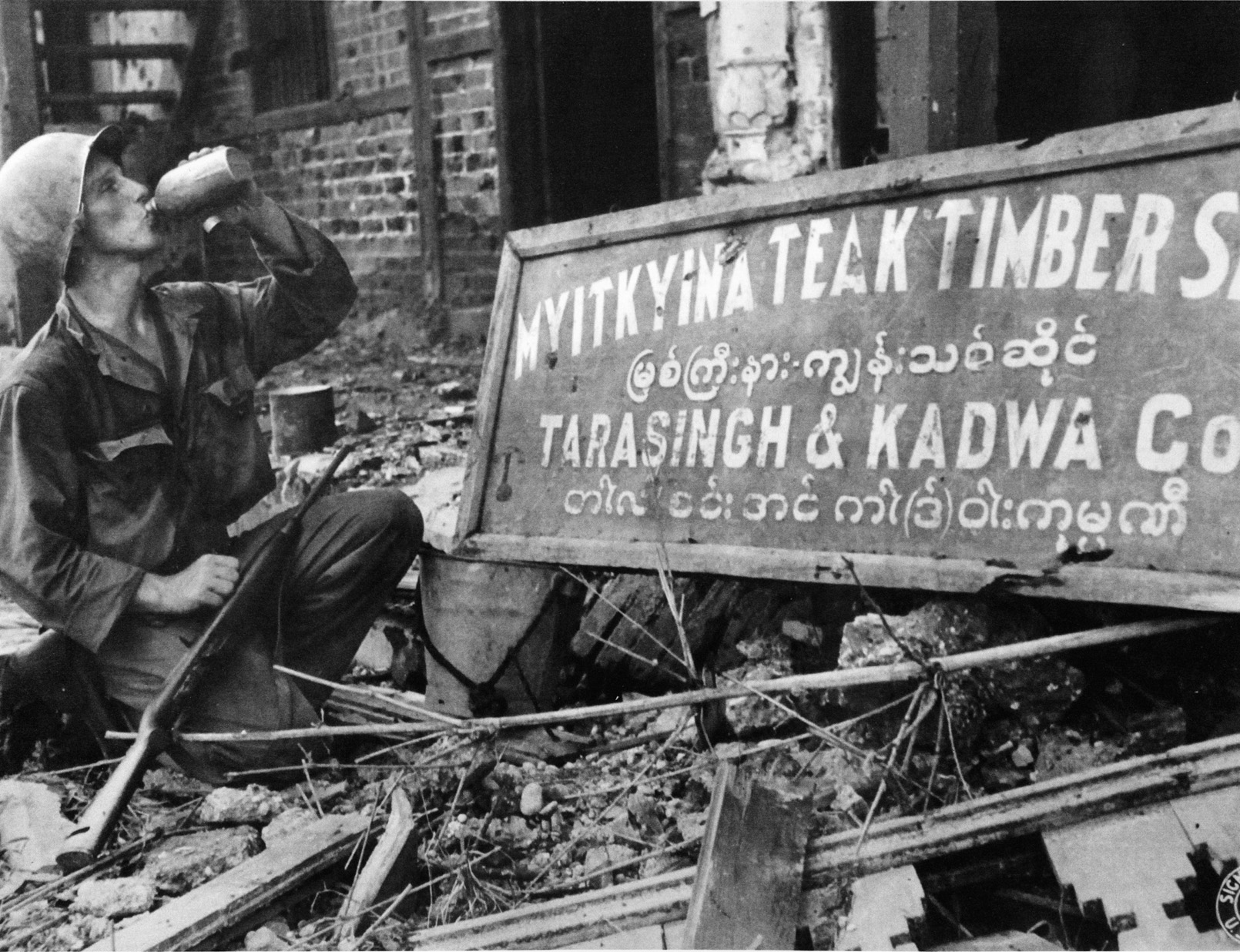
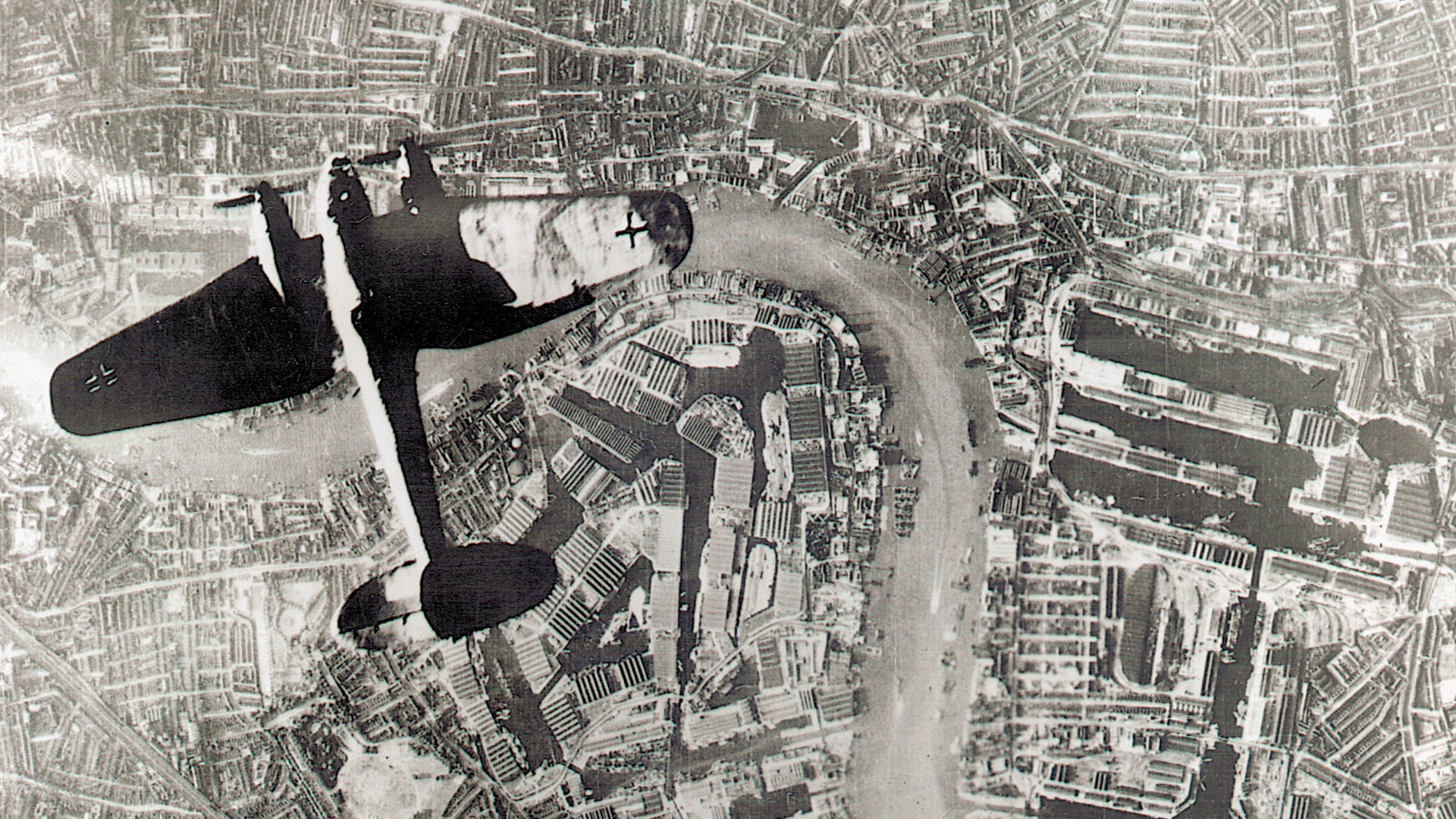
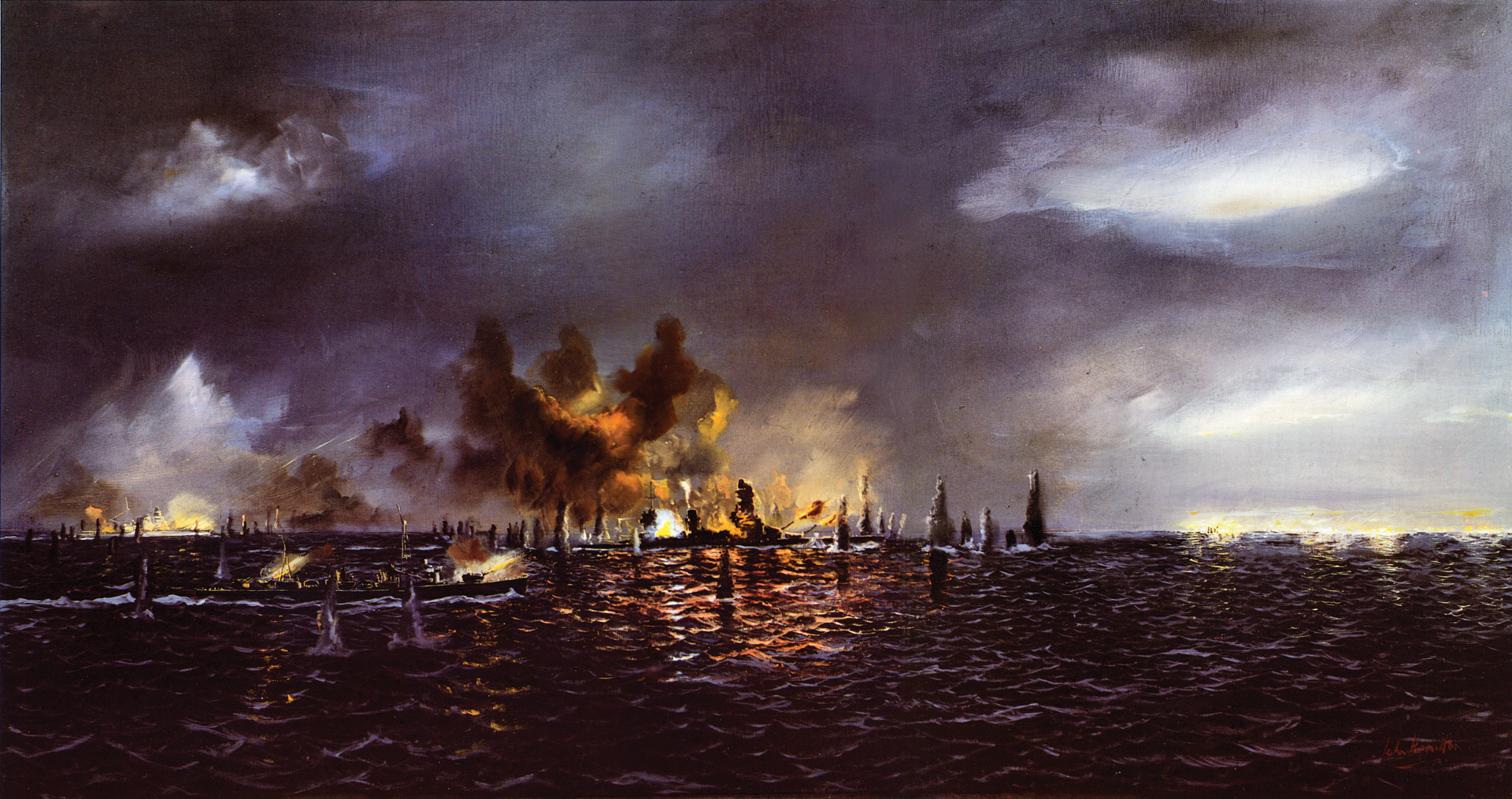
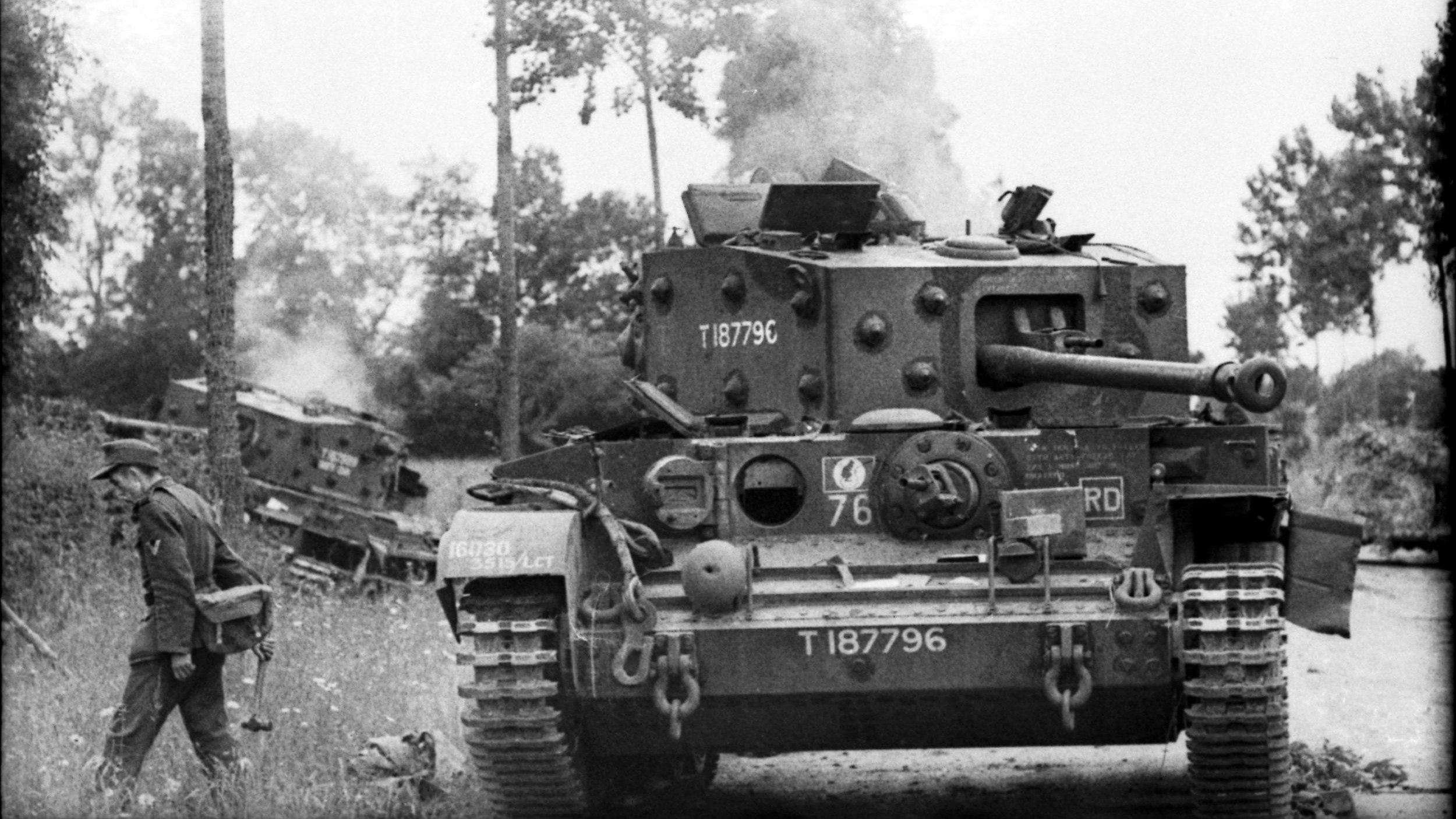
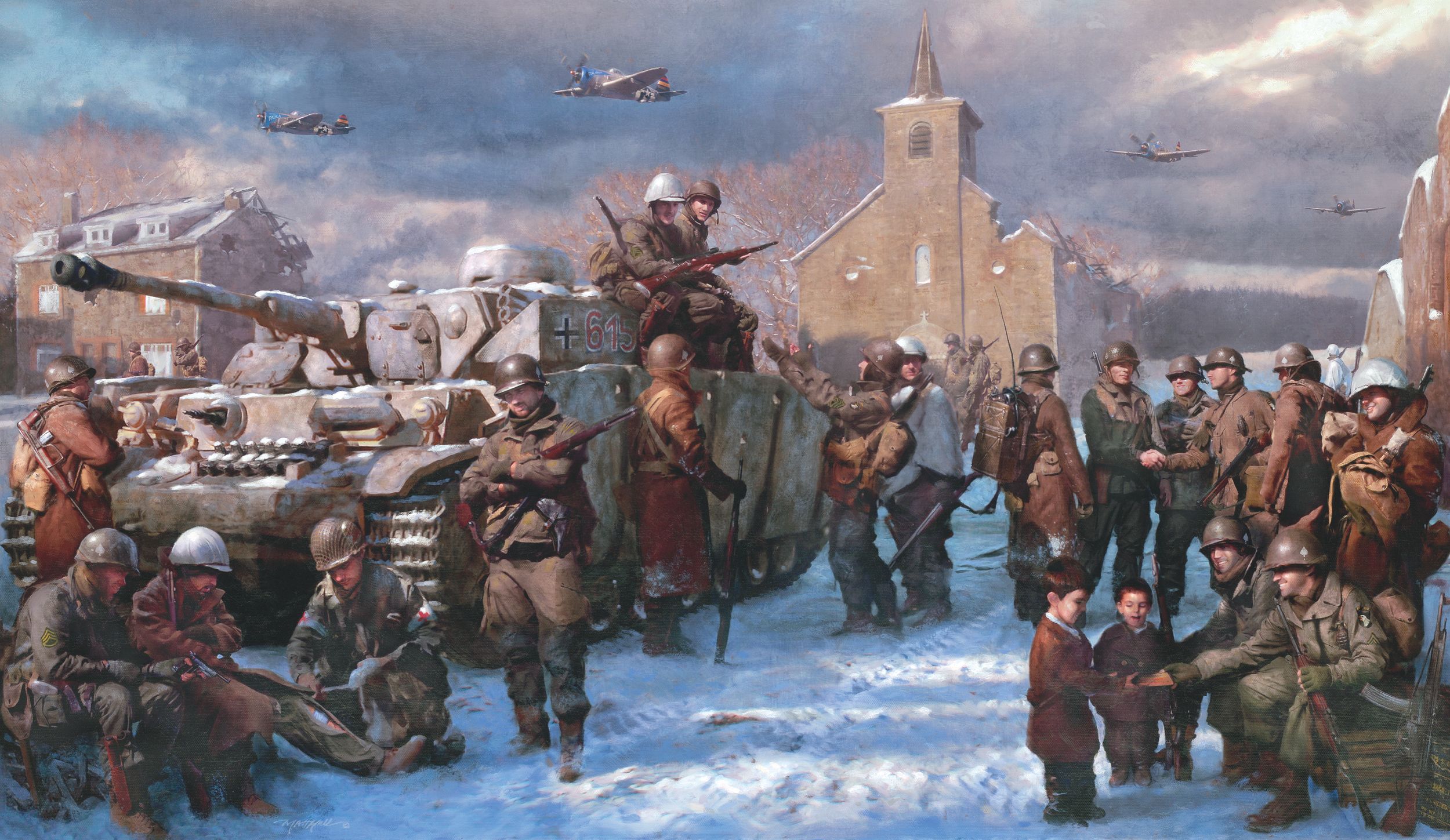
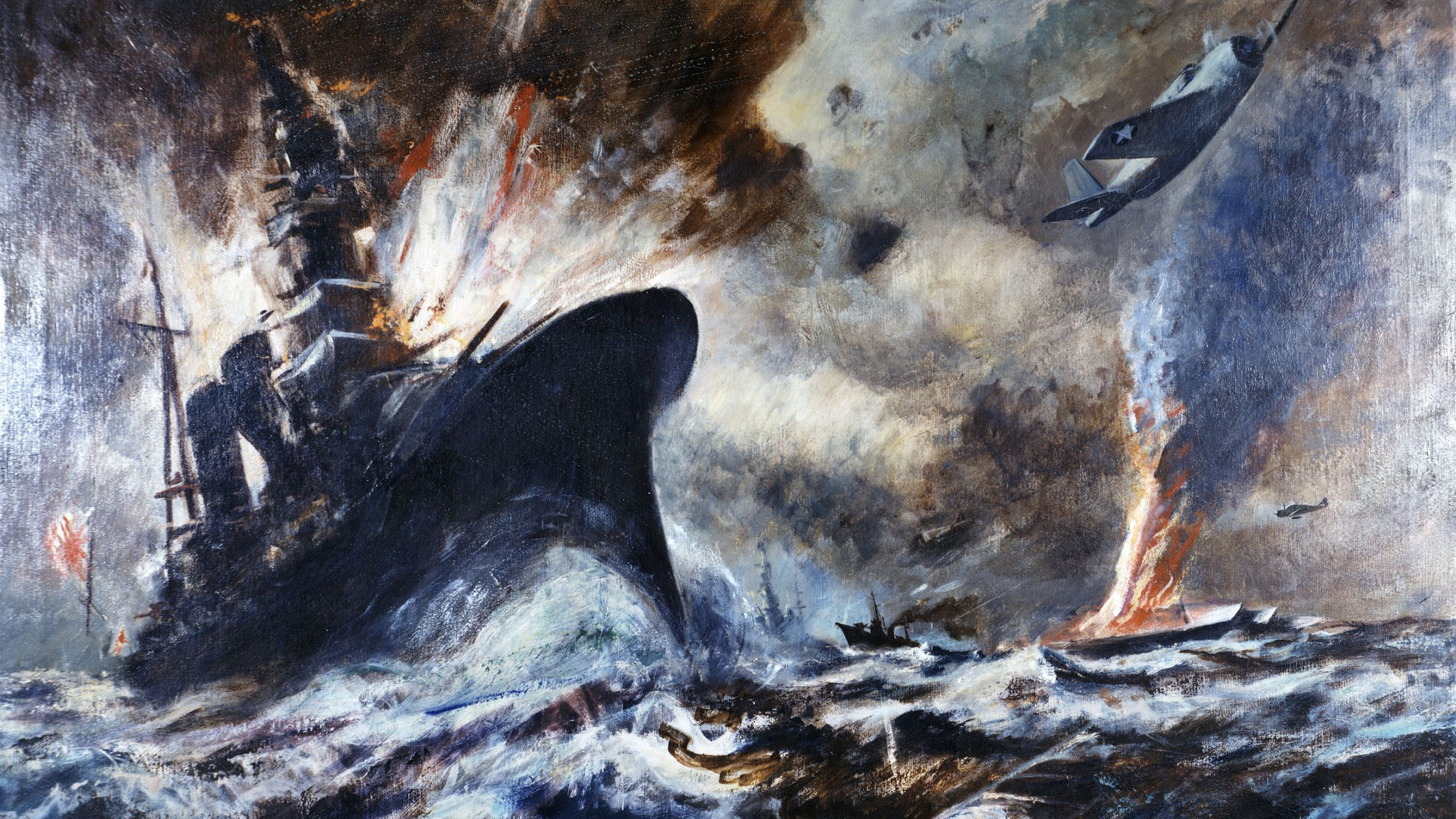
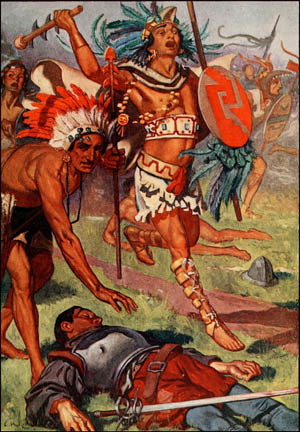
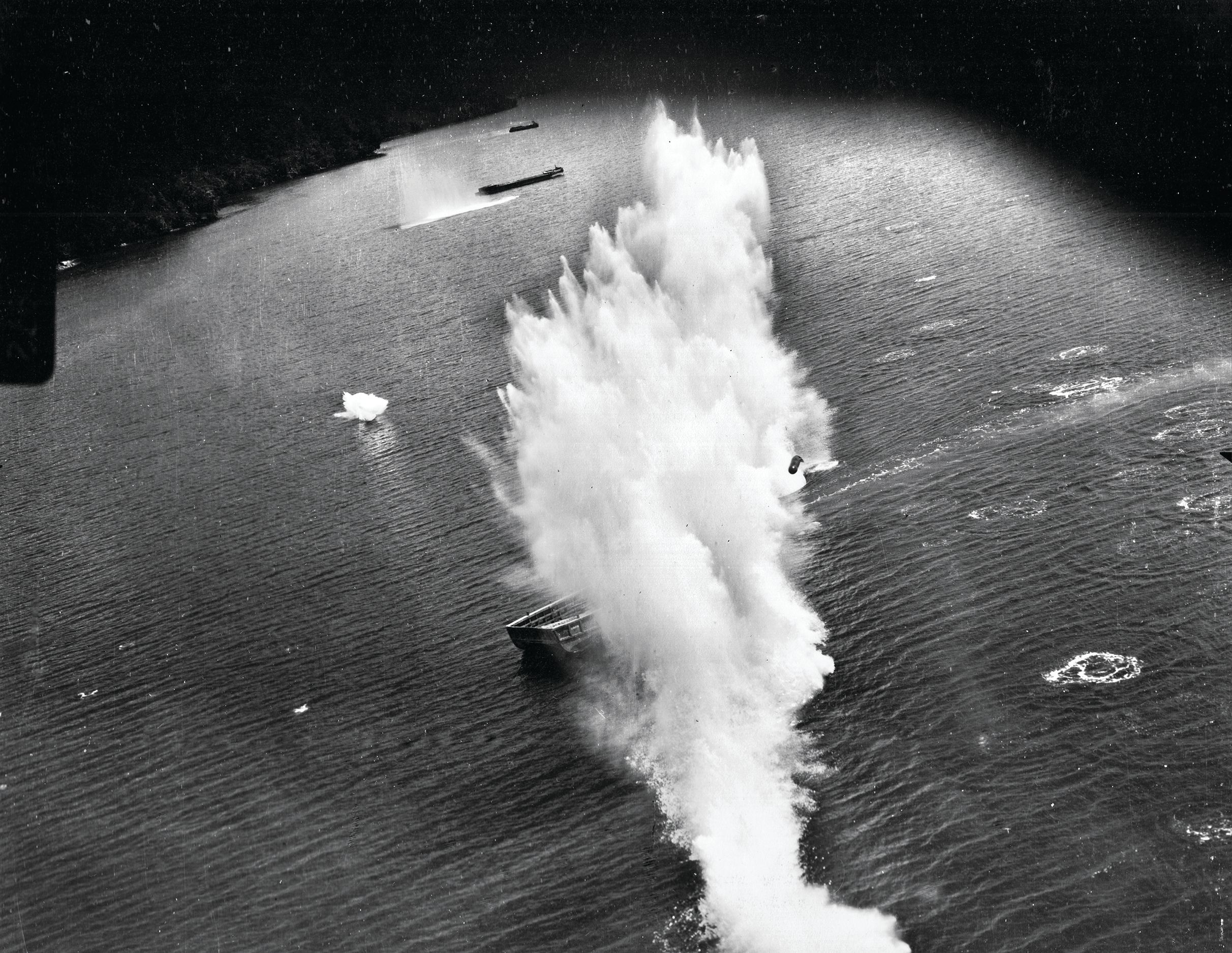
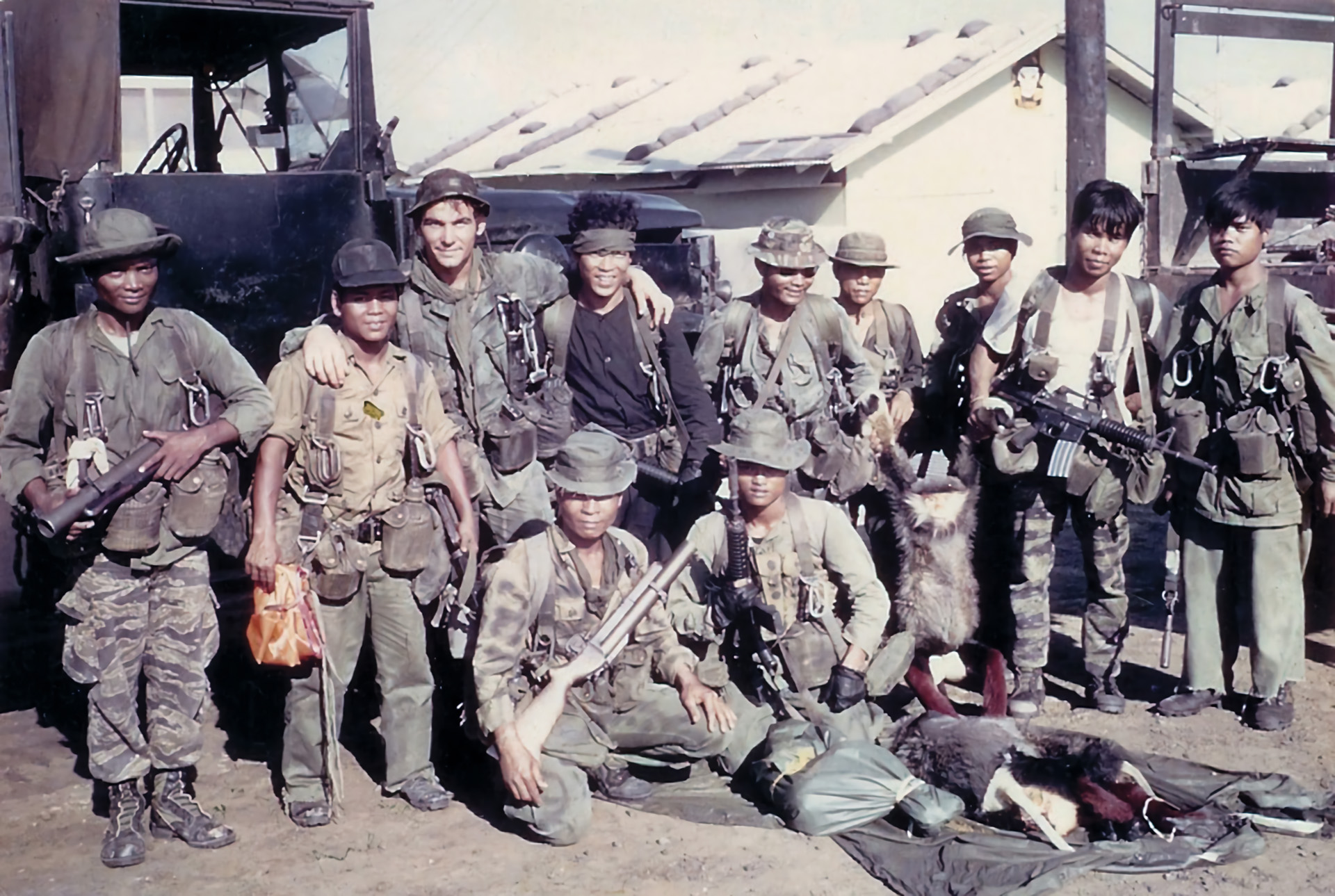
Join The Conversation
Comments
View All Comments